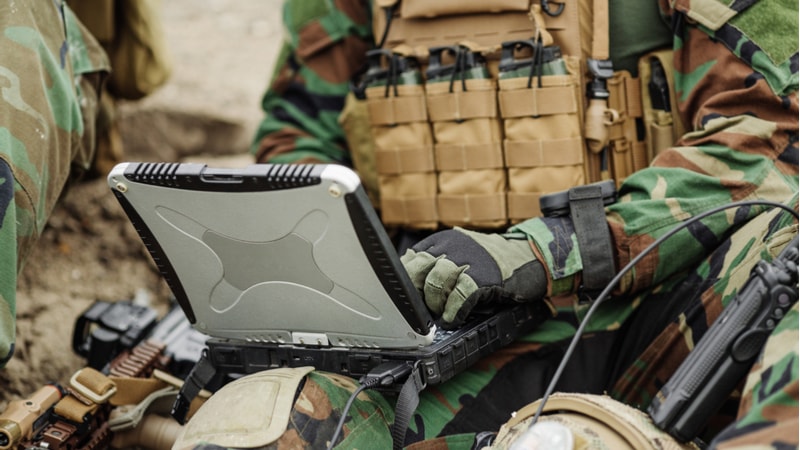
In 2021, the National Security Commission on Artificial Intelligence concluded that the Pentagon’s AI talent deficit is one of the greatest impediments to the United States being AI-ready by the target date of 2025.
The Department of Defense (DoD) identified cultivating a workforce with AI expertise as a strategic focus area in 2018, but a new report finds that the DoD can’t fully identify who is part of its AI workforce or which positions require personnel with AI skills.
As a result, DoD can’t effectively assess the state of its AI workforce or forecast future AI workforce needs, a Dec. 14 report from the Government Accountability Office (GAO) proves.
The Pentagon has invested billions of dollars to integrate AI into its warfighting operations, including analyzing intelligence, surveillance, and reconnaissance data, and operating lethal autonomous weapon systems. DoD has taken steps to begin to identify its AI workforce, GAO says, but it has not assigned responsibility and does not have a timeline for completing additional steps to fully define and identify this workforce.
“DoD has not assigned responsibility to the organizations necessary to complete the additional steps required to define and identify its AI workforce, such as coding the work roles in various workforce data systems, developing a qualification program, and updating workforce guidance,” the 46-page report reads.
Some questions that the watchdog agency said DoD cannot answer until it fully defines and identifies its AI workforce include: “Which positions require personnel with AI skills?”; and “Who should be included in the AI workforce?”
GAO found that the Pentagon’s plans and strategies address some AI workforce issues but are not fully consistent with each other.
Additionally, DoD uses inconsistent terms when addressing AI workforce issues, which could hinder a shared understanding within the department, the watchdog said.
“The military services are also developing component-level human capital plans that encompass AI and will cascade from the higher-level plans,” the report says. “Updating DoD’s Human Capital Operating Plan to be consistent with other strategic documents would better guide DoD components’ planning efforts and support actions necessary for achieving the department’s strategic goals and objectives related to its AI workforce.”
GAO made three recommendations to the DoD, including that the chief digital and AI officer assign responsibility and establish a timeline for completing the additional steps to define and identify its AI workforce; and that the under secretary of defense for personnel and readiness update its Human Capital Operating Plan to be consistent with key department strategic documents related to AI workforce issues.
DoD partially concurred with GAO’s first two recommendations, stating there is a conflation of workforce definition and identification processes for work roles compared to occupational series, and that there are inaccuracies regarding the order of operations and proposed revisions. However, GAO stated that it does not agree that it conflated workforce definition and identification processes for work roles compared to occupational series. Based on DoD’s comments, the watchdog agency said that it “made adjustments to our report and we also removed the specific examples of actions from our recommendations to provide DoD flexibility to identify the remaining actions needed to fully define and identify the AI workforce.”
DoD also partially concurred with the third recommendation, stating that the department recently completed a Human Capital Operating Plan Refresh for fiscal years 2022 through 2026. However, the GAO stated that it did not modify its final recommendation based on this comment.
